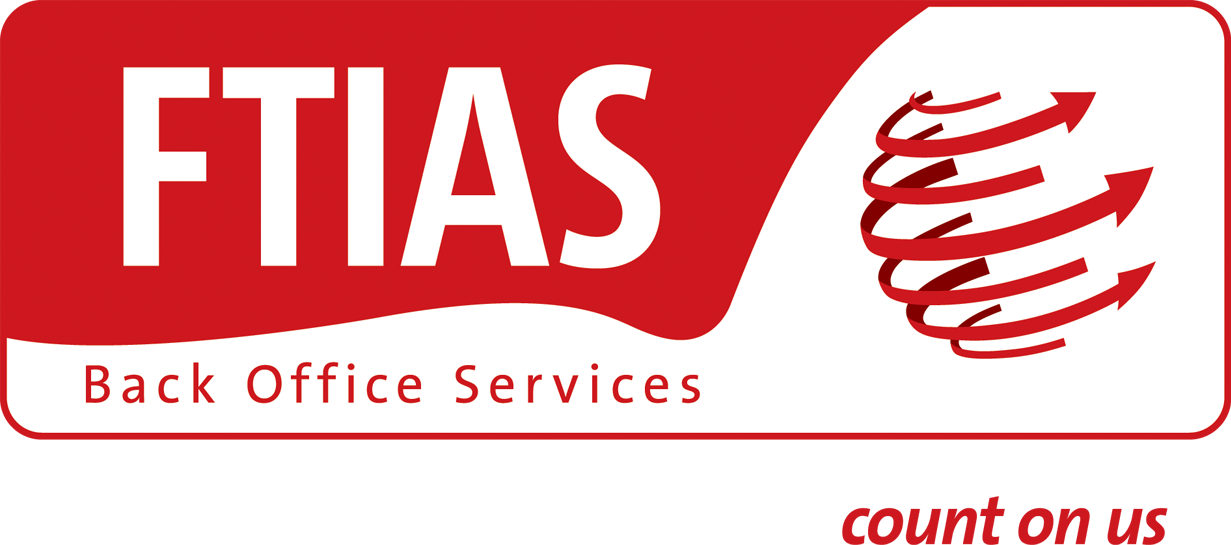Read More
- Ideal Invoice
- Remittance Advice
- Shortpayment Report
- Ideal Statement
- Supplier Contract
Ideal Invoice
Invoices should be sent on a weekly basis ideally not later than 7 days after clients’ departure. For example on Monday 27.11.23 we should receive the invoices for departures from 20.11.23 till 26.11.23. The invoices should preferably be in XLS or XML format. If it is not possible to send the invoices in this format, then please use PDF format as this is the most common and reliable file format. For more information regarding sending invoices by e-mail, please refer to the FAQ’s section.
Invoices should be sent only once, i.e. by e-mail. It is not necessary to send the original invoices by mail. In fact this might create some problems for us if we receive your invoice more than once. The invoice layout should contain some specific information as detailed below:-
- Unique, consecutive invoice number
- The date of when the invoice was issued
- Company name, full address, and VAT number of Supplier
- Our Company name, full address, and VAT number
- The quantity and type of the supplied goods/services
- The total invoice amount, including the taxable amount and the VAT amount
- The VAT rate or a reason for applying an exemption (export, reverse charge, intra-community supply)
- Invoice currency
We encourage you to use our ideal invoice templates for your invoices. The templates vary according to the service that you are providing. Therefore if you are going to adopt our template, kindly ensure that you select the correct template from below:
Remittance Advice
A remittance advice is a document sent by a customer to a supplier, to inform the supplier that the invoice(s) has been paid. The remittance advice is sent to the supplier as soon as the money has been remitted.
The remittance advice is a very important document because it helps the supplier’s accounts department to match invoices with payments. For this reason the remittance advice specifies the supplier invoice number (s) for which payment is tendered.
Below please find an example of a Remittance Advice. If you hover on each section, you will be able to read a detailed explanation of it. To download the below Remittance Advice, kindly access the following link Remittance Advice.
Short Payment Report
A shortpayment is a deduction we make from an invoice/booking when we do not agree with the amount that is being charged by the supplier. In certain cases we will find that the amount invoiced is higher than our estimated price, which price would have been calculated from the contract signed with the supplier. This report is sent on a weekly basis to our suppliers so that any issues deriving from calculations errors are rectified before actual payment is issued. This will avoid length reconciliations after payments are done, and proactively help in identifying systematic system errors that might be causing the difference.
Ideal Statement
It is very important that you allocate our payments using our remittance advice. Special reference should be given to the shortpayment report. We kindly ask you to review the shortpaid amounts included in our shortpayment report after each payment. If you agree with our shortpayment please send us a credit note or an e-mail confirming that you will remove this amount from your statement. If you disagree, kindly send us more details and/or supporting documentation to substantiate your claim. We will consider the amounts contained in our remittance advice and/or shortpayment report as accepted by your good selves, unless we receive your comments within six months from the payment date.
Here again as explained under the heading ‘ideal invoices’, we would appreciate if you can send us the statement on a regular monthly basis by e-mail addressed to the respective Account Officer. We prefer the statement to be sent in XLS or XML format so that we can easily check and evaluate the data that is included. We also recommend that you include the following information:
- Invoice Number
- Invoice Date
- Booking Reference
- Clients’ Arrival Date
- Original Amount Charged
- Total Amount Paid
- Unpaid Amount
In the case of shortpayments please include your comments as to why you do not agree with our shortpayments. Please remember that our shortpayments report always shows the reason for shortpayment.
We encourage you to use our ideal statement template for your statements, found on the right:
Supplier Contract
The Supplier’s Contract is a document that shows the agreements reached by the FTI Product Manager together with the Supplier about the Rates and Conditions of payments.
It is of paramount importance that both FTI and the Supplier adhere to the contract rates so that the Invoice Amounts and the System Estimates match.
The details of the Contract are inputted into our customised Accounting Software to calculate the Amount Payable of each booking to the Supplier.
Below please find an example of a full contract. If you hover on each section, you will be able to read a detailed explanation of it. To download the below Remittance Advice, kindly access the following link FTI Contract.
If you have further queries, you can either refer to the Frequently Asked Questions (FAQ), or contact us through this page.






